175 GPTs for Species Identification Powered by AI for Free of 2025
AI GPTs for Species Identification are advanced computational tools designed to leverage the power of Generative Pre-trained Transformers (GPTs) for the specific purpose of identifying and classifying various species. These tools utilize vast databases of biological and ecological information to analyze, predict, and provide detailed insights into different species, including plants, animals, and microorganisms. The integration of GPTs into species identification represents a significant advancement in the field of taxonomy and biodiversity research, offering a high degree of accuracy and efficiency in data processing and analysis. By combining natural language processing with deep learning algorithms, these tools can understand and interpret complex scientific queries, making them invaluable for researchers, conservationists, and anyone interested in the natural world.
Top 10 GPTs for Species Identification are: Plant GPT,🐞 BugScope: Insect ID Expert 🦋,Aurora GPT,GPT Mycology,Knowledge Clips FactBot,Bird Detective,Plant Pal AI 🌼,Plant Buddy,クワガタ先生,Nature Guru
Plant GPT
Discover Plants, Powered by AI

🐞 BugScope: Insect ID Expert 🦋
Discover Insects with AI
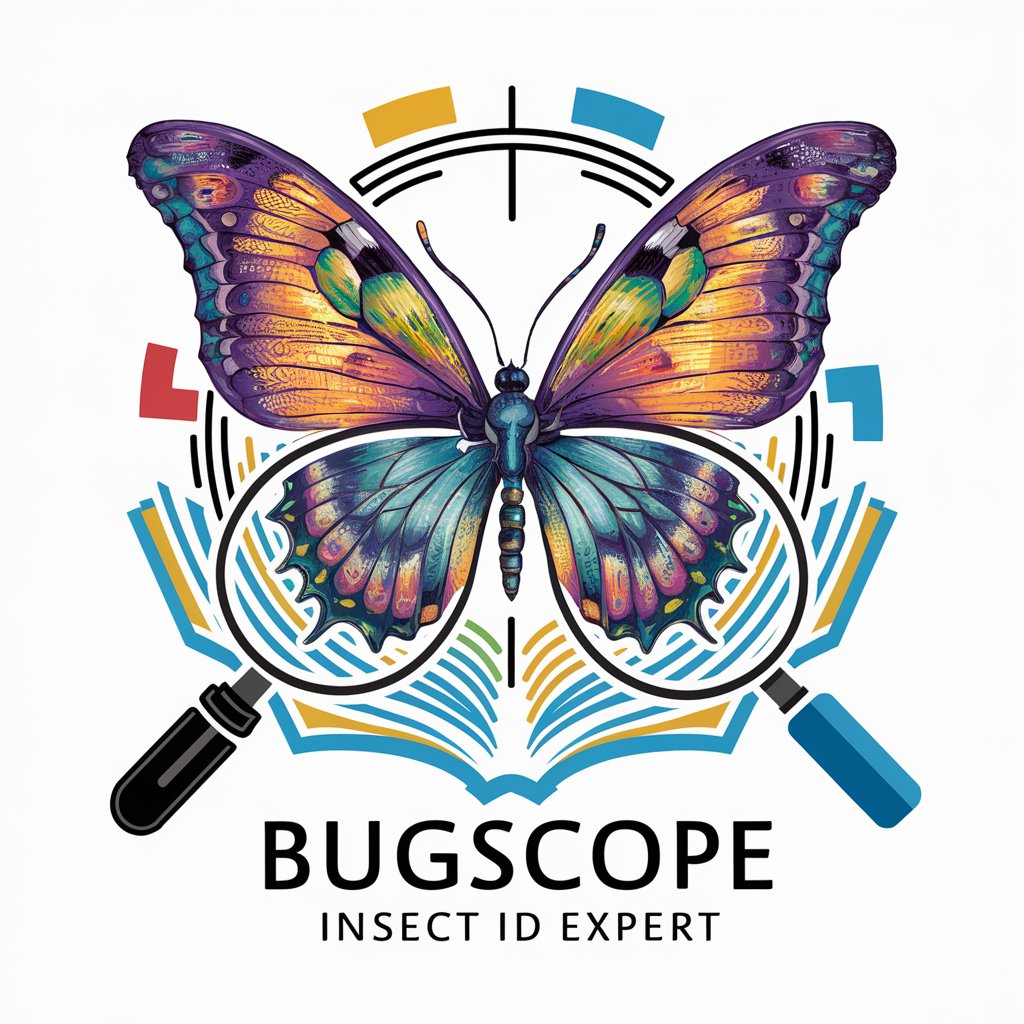
Aurora GPT
Empowering Conservation with AI

GPT Mycology
Unlock the secrets of fungi with AI
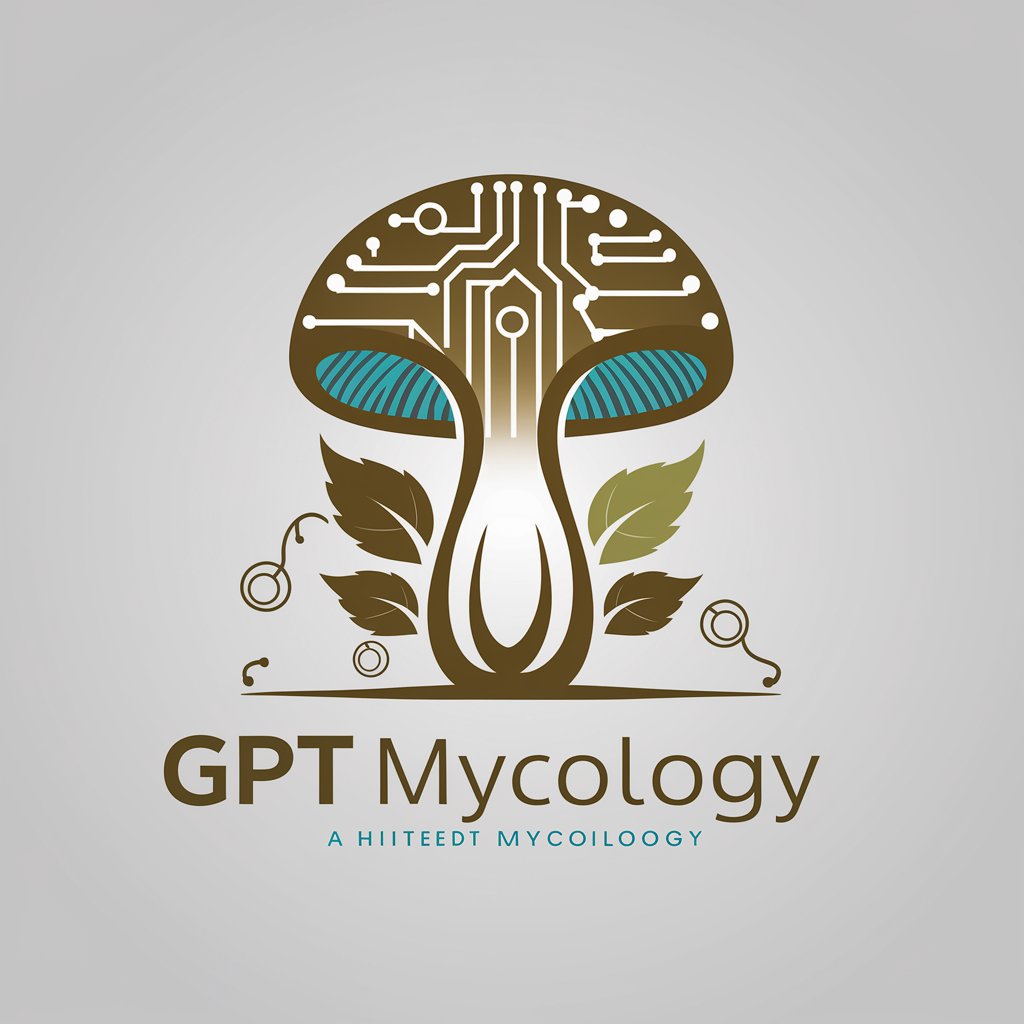
Knowledge Clips FactBot
Discover Nature's Wonders with AI-Powered Insights
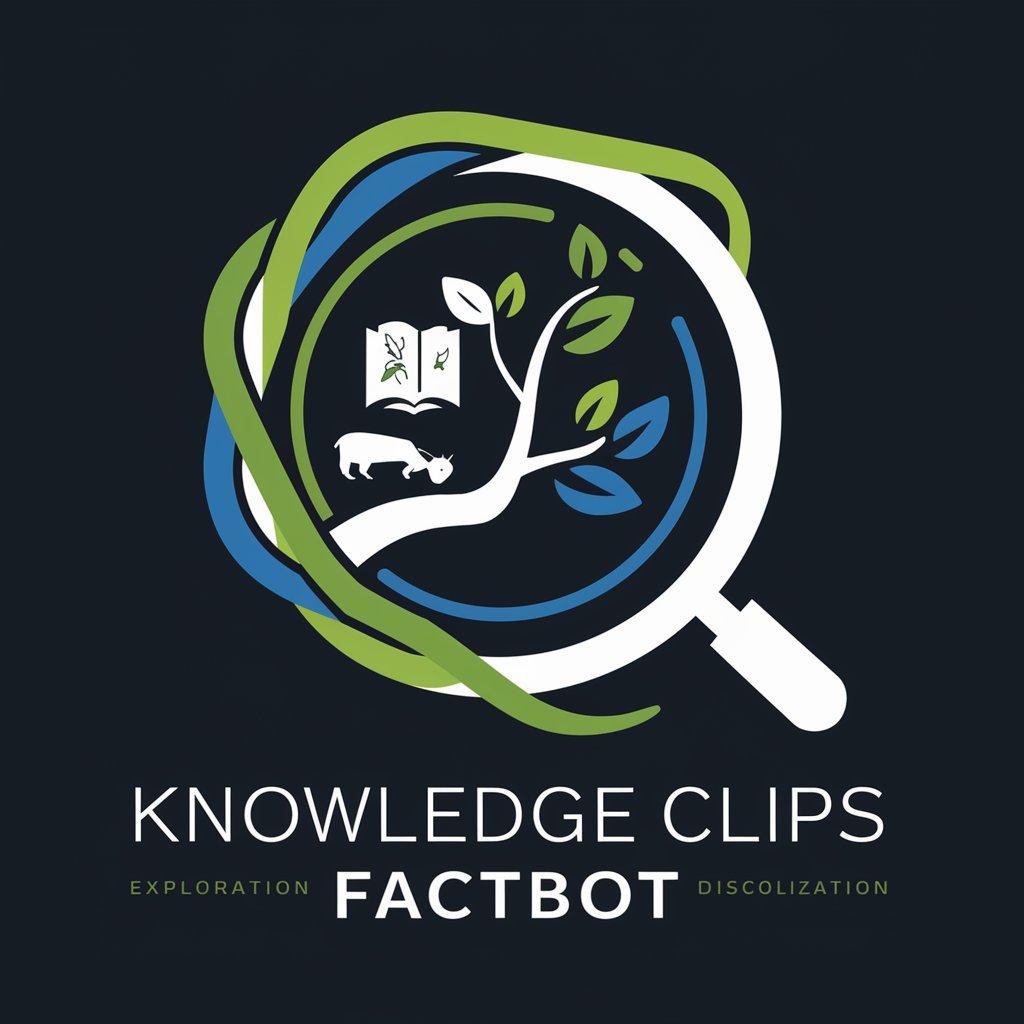
Bird Detective
Unlock the mysteries of birds with AI
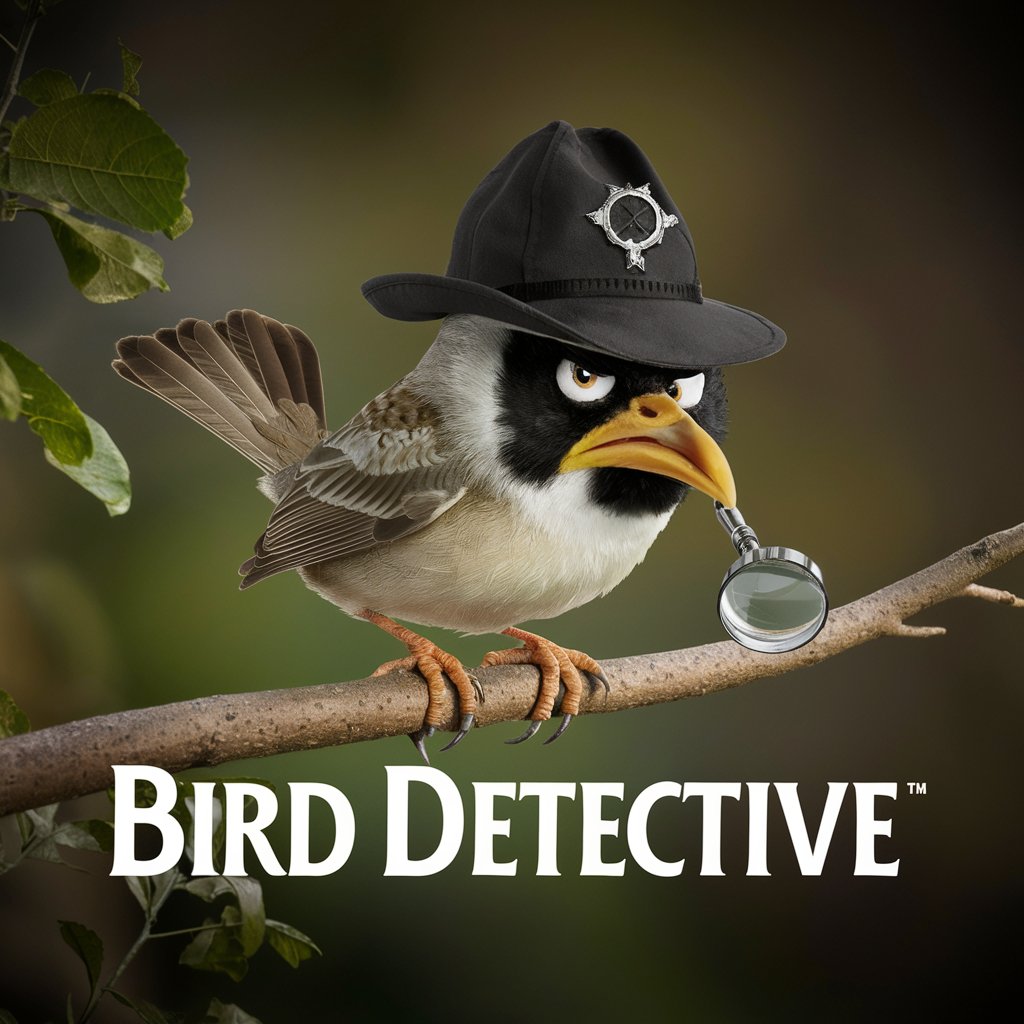
Plant Pal AI 🌼
Empowering Your Green Thumb with AI
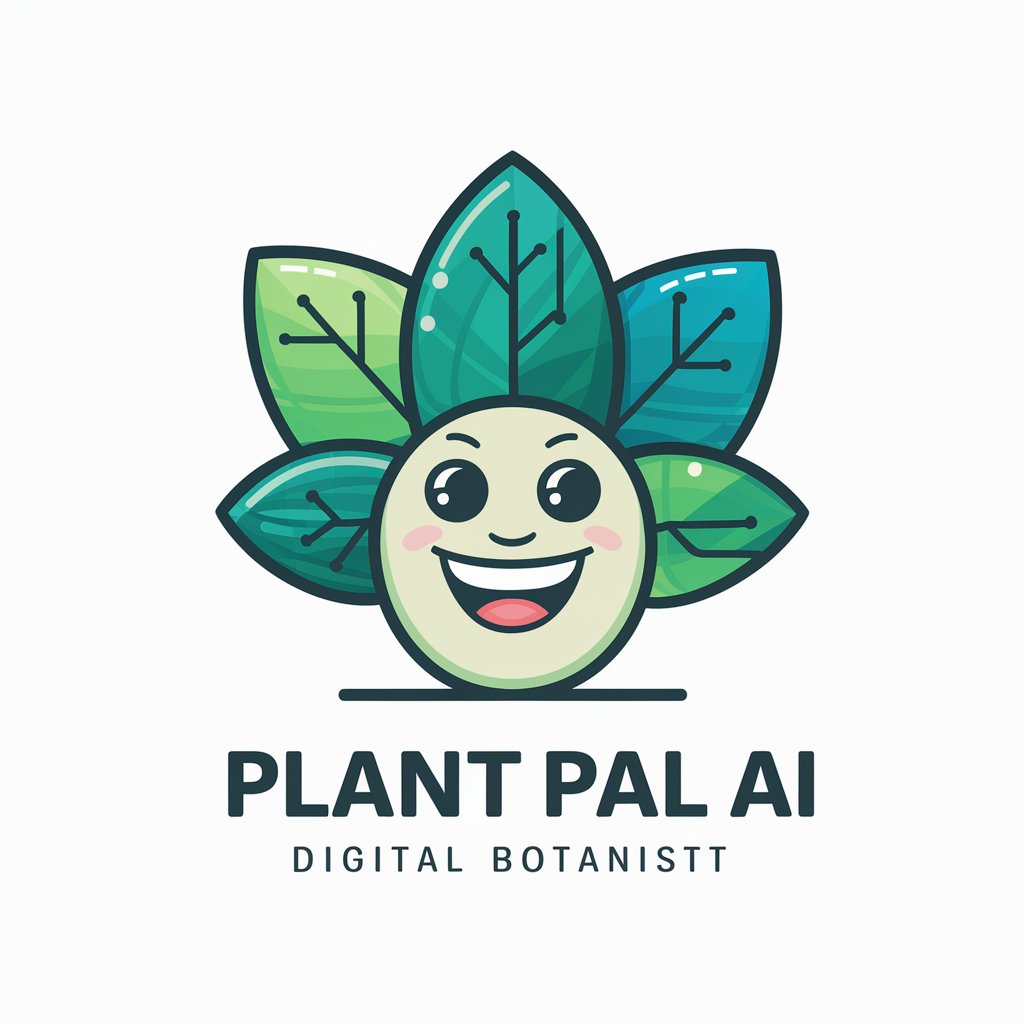
Plant Buddy
Nurture with Knowledge: AI-Powered Plant Care

クワガタ先生
Learn and Explore the World of Beetles

Nature Guru
Explore nature with AI-powered insights
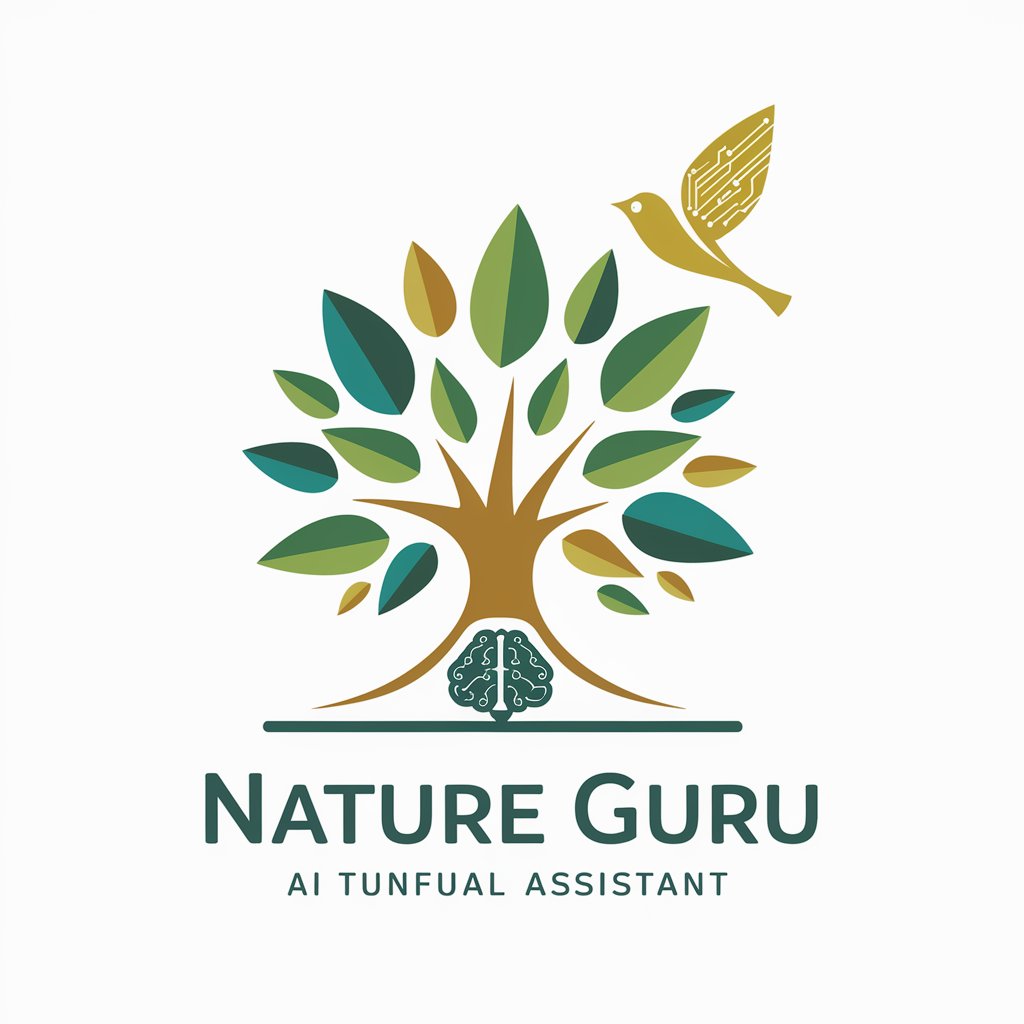
Plant Master GPT
Cultivate with confidence: AI-powered plant care

Fishing Pro Ultimate Advanced GPT
Unlock the secrets of the water with AI

Ant Ranger GPT
Empowering Ant Enthusiasts with AI
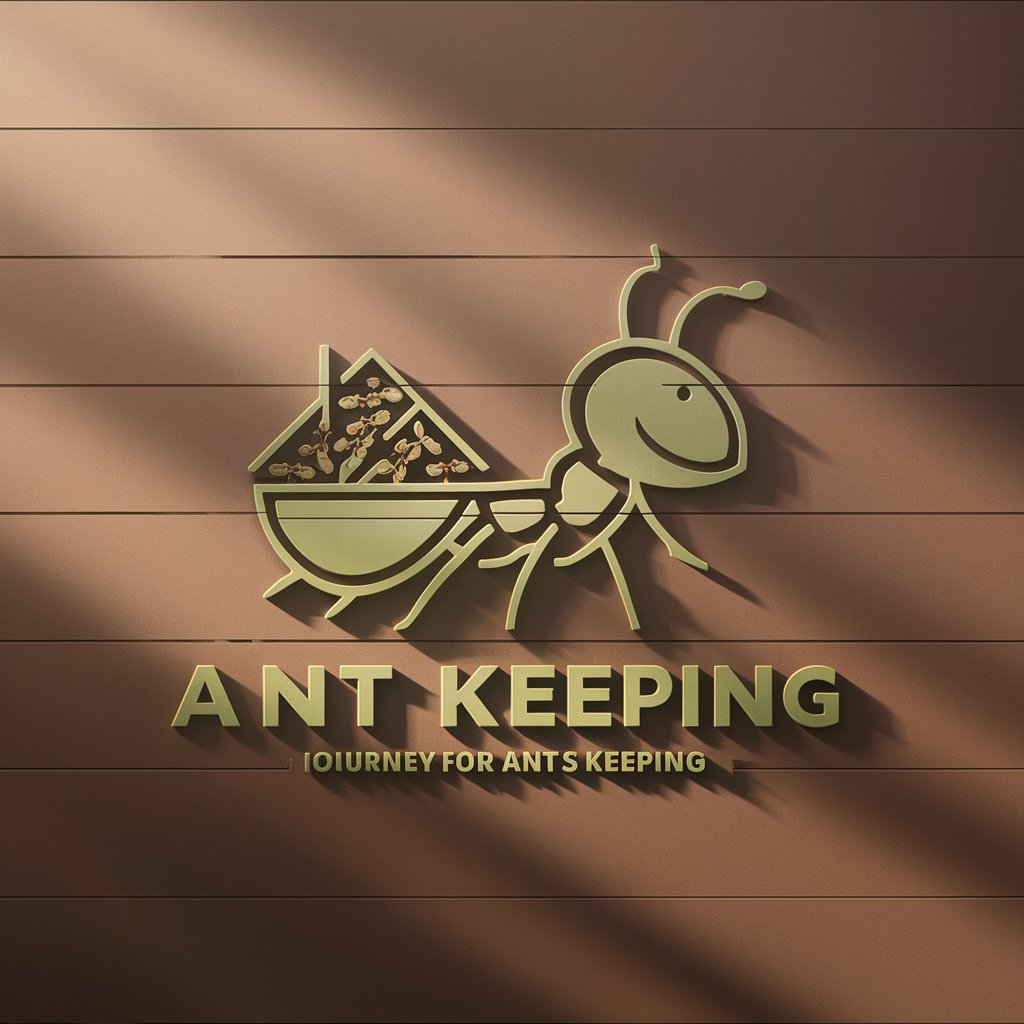
Pro Mushroom Assistant Advanced GPT
Unlocking the Mysteries of Mushrooms with AI
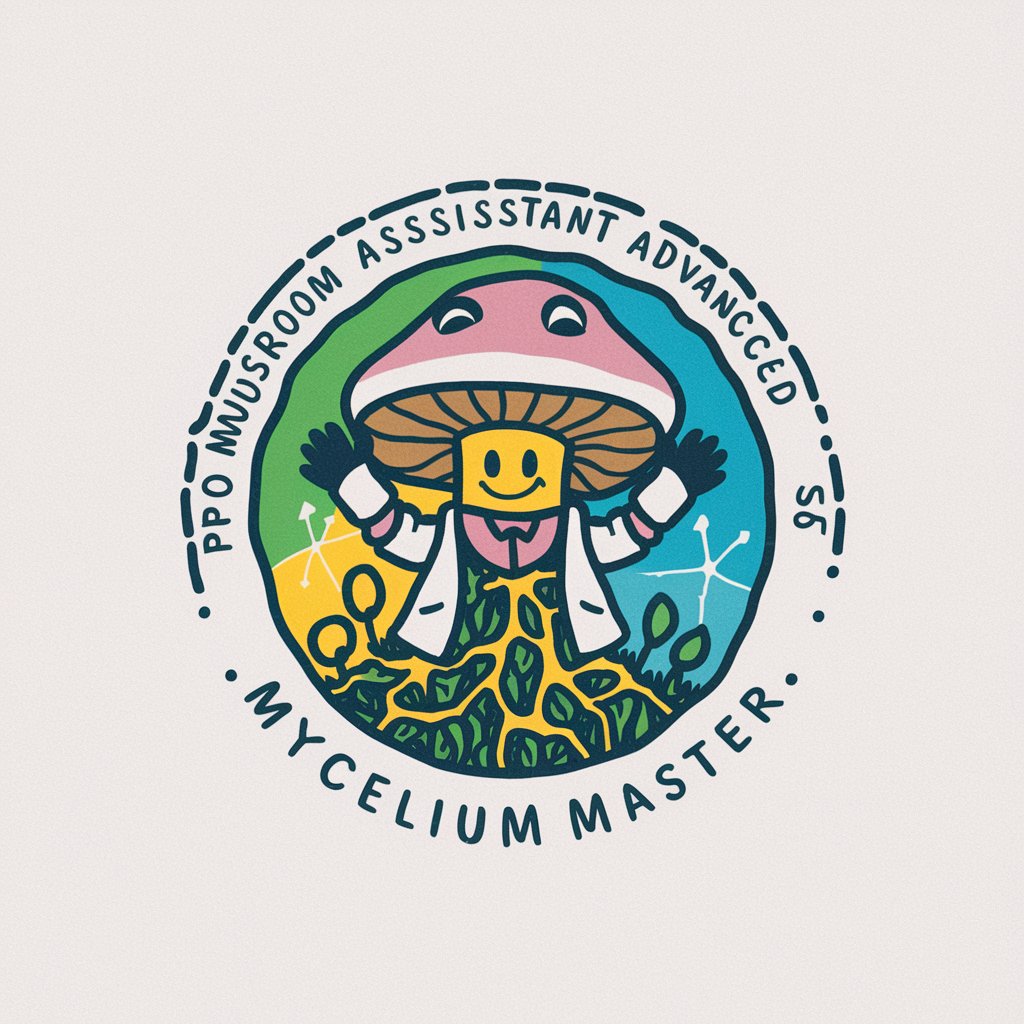
Animal GPT
Explore the animal kingdom with AI
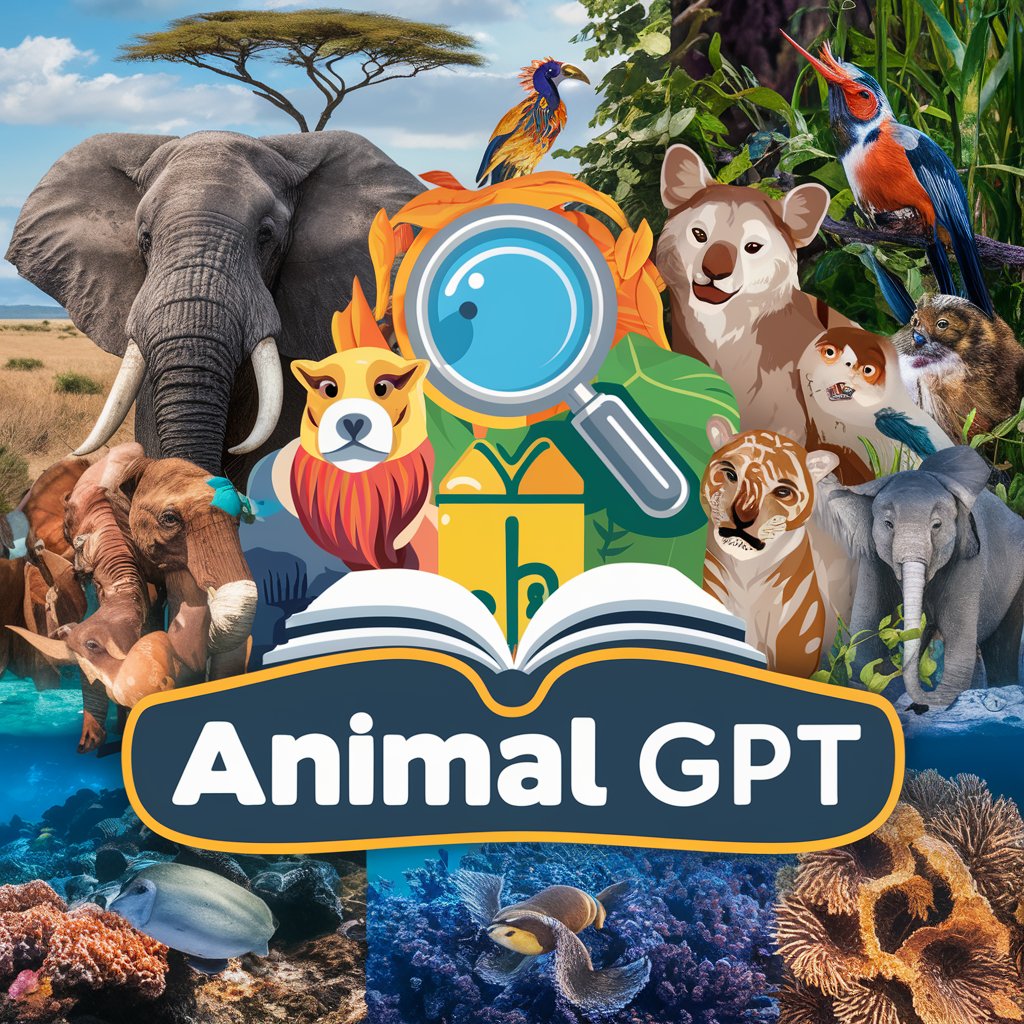
Florabot
Discover Nature with AI-Powered Plant Insights

Plant and Mushroom ID
AI-powered nature exploration at your fingertips.

Rohenäpp
AI-powered Indoor Gardening Guide

Seattle Salmon Fisher
Your AI-powered Seattle fishing guide.

🐾 Virtual Zoologist Companion 🦉
Explore wildlife with AI-powered insights.

🌿🐾 EcoExplorer Biologist Buddy 🦉🌳
Unlock nature's secrets with AI

AnimalGPT
Discover the Animal Kingdom with AI
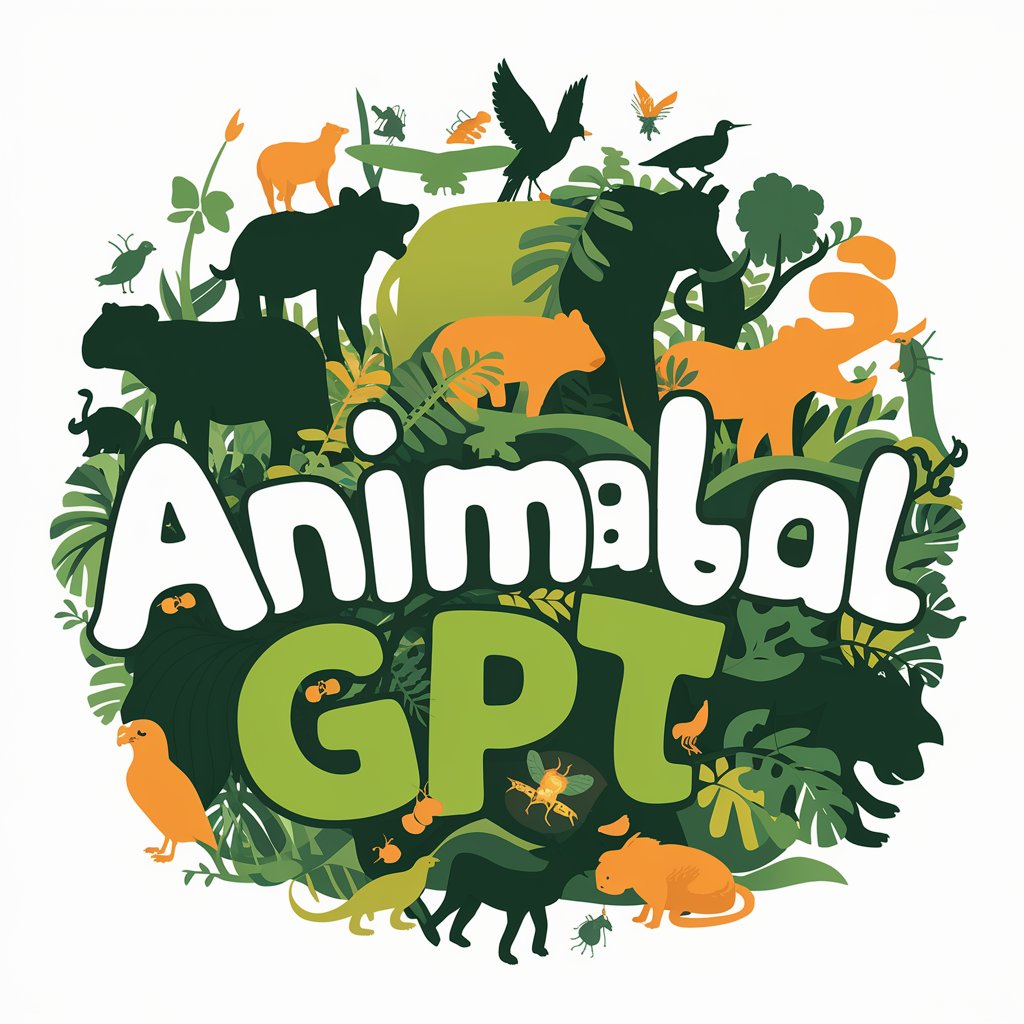
Avian Expert Guide
Unlock the world of birds with AI

Fish ID GPT
Dive into AI-powered Fish Identification
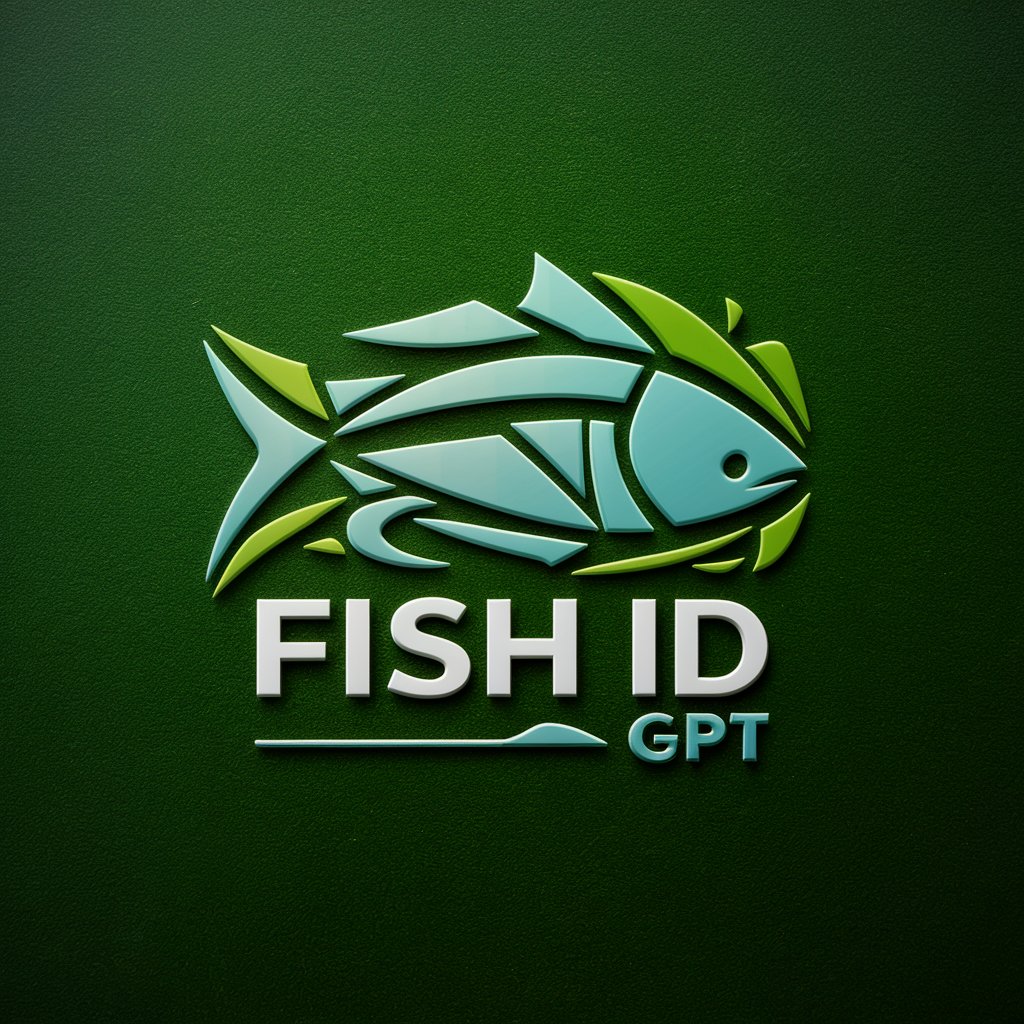
Key Attributes and Functions of Species Identification GPTs
AI GPTs for Species Identification come equipped with a range of unique features tailored to the needs of species classification and research. These include advanced image recognition capabilities to analyze and identify species from photographs, genetic sequence analysis for precise classification, and natural language processing for interpreting and responding to user queries in conversational language. Furthermore, these tools offer scalability from simple identification tasks to complex ecological research projects, adapting to the user's level of expertise and requirements. Special features also encompass technical support for integrating these tools into existing research frameworks, web searching for the latest scientific discoveries, and data analysis capabilities for trend identification and prediction in biodiversity.
Who Benefits from Species Identification GPTs?
The primary beneficiaries of AI GPTs for Species Identification include researchers and professionals in the fields of biology, ecology, and conservation, who require accurate and efficient tools for species classification and study. Additionally, educators and students can leverage these tools for academic purposes, enhancing learning experiences through interactive and up-to-date information on biodiversity. Novices with an interest in nature and species discovery can also find these tools accessible, with user-friendly interfaces that do not require coding skills, while developers and tech-savvy users benefit from the customization options and advanced features for more specialized applications.
Try Our other AI GPTs tools for Free
Biodiversity Research
Discover how AI GPTs are revolutionizing Biodiversity Research with advanced data analysis, predictive modeling, and collaborative tools for scientists and conservationists.
Nature Enthusiasts
Dive into the digital sundew; AI GPTs for Nature Enthusiasts. Where embrace with the enviro-crisped filter fosters deeper human and Ecos connect. A stargate for emerald divine, cloaked in a broad, state-of-the-art, human-cherishable sol.
Disruptive Strategy
Discover how AI GPTs for Disruptive Strategy empower organizations to pioneer market-changing strategies with advanced data analysis and tailored recommendations.
Family Reading
Discover how AI GPTs for Family Reading can transform your family's reading experience with interactive, educational, and personalized content designed for all ages.
Professional Messaging
Enhance your professional messaging with AI GPTs. Tailored AI solutions for nuanced, efficient, and versatile communication across platforms.
Photographic Rendering
Explore AI-powered Photographic Rendering tools for creating lifelike images with ease. Perfect for designers, marketers, and content creators seeking to bring visuals to life.
Expanding Horizons with Species Identification GPTs
AI GPTs for Species Identification not only streamline the process of species classification but also open new avenues for research and conservation. Their adaptability and integration capabilities allow for seamless incorporation into existing workflows, enhancing the productivity and accuracy of biodiversity studies. With user-friendly interfaces, these tools democratize access to advanced scientific research, making it possible for a wider audience to contribute to and benefit from ecological and biological discoveries.
Frequently Asked Questions
What exactly are AI GPTs for Species Identification?
AI GPTs for Species Identification are specialized tools that utilize Generative Pre-trained Transformers to aid in the identification and classification of species across the biodiversity spectrum. They integrate various technologies, including image recognition and genetic analysis, to provide precise and comprehensive species data.
How do these tools differ from traditional species identification methods?
Unlike traditional methods, which often rely on manual observation and classification, AI GPTs offer automated, accurate, and fast identification processes by analyzing large datasets and utilizing advanced algorithms for image and genetic sequence analysis.
Can non-experts use these tools effectively?
Yes, these tools are designed with user-friendly interfaces that allow non-experts to easily navigate and utilize them for species identification, making advanced scientific research accessible to a broader audience.
Are there customization options available for researchers?
Yes, developers and researchers can customize these tools to fit their specific project needs, leveraging the tools' programming capabilities for advanced and specialized applications.
How do AI GPTs for Species Identification contribute to conservation efforts?
By providing accurate and efficient identification, these tools help in monitoring biodiversity, tracking endangered species, and informing conservation strategies, thereby playing a crucial role in ecological preservation.
Can these tools identify new or unknown species?
Yes, through deep learning and continuous database updates, these tools can help in the discovery and classification of new or previously unidentified species, contributing to scientific knowledge expansion.
What kind of data do these tools analyze?
These tools analyze a wide range of data, including photographic images, genetic sequences, and ecological data, to provide comprehensive species identification and information.
How can one access AI GPTs for Species Identification?
These tools are accessible through various platforms, including web applications and specialized software, with some services offering cloud-based access for ease of use and flexibility.